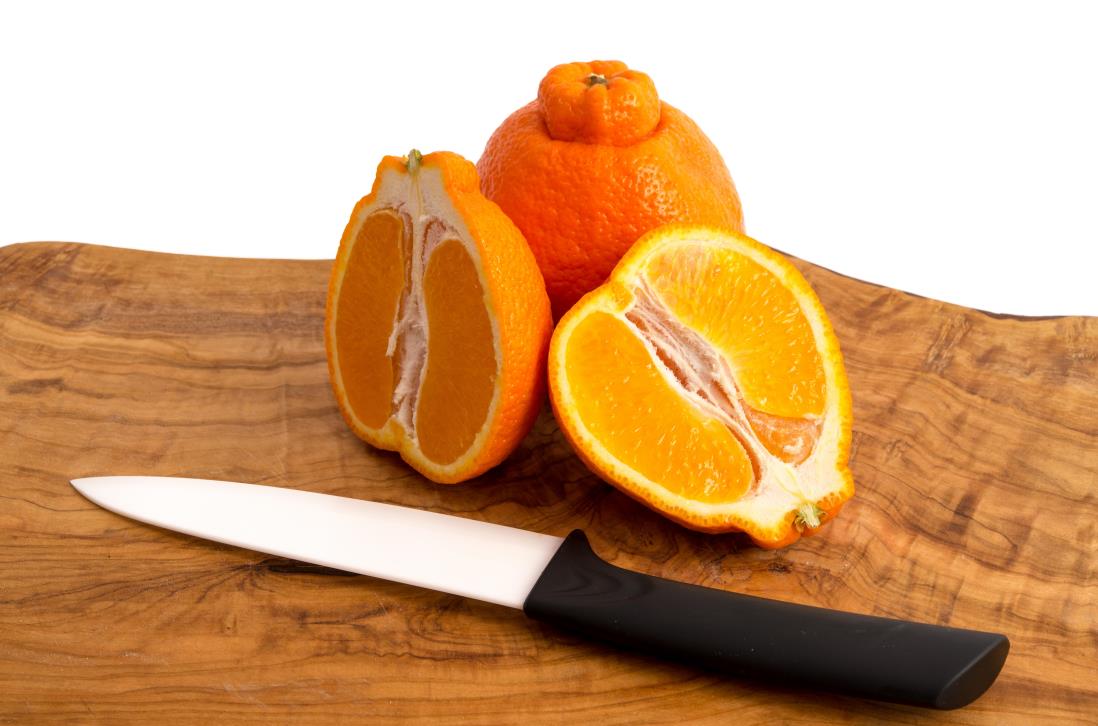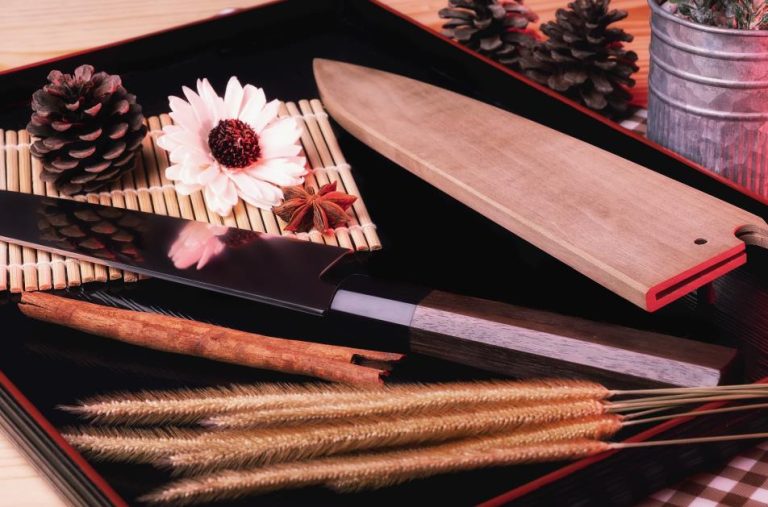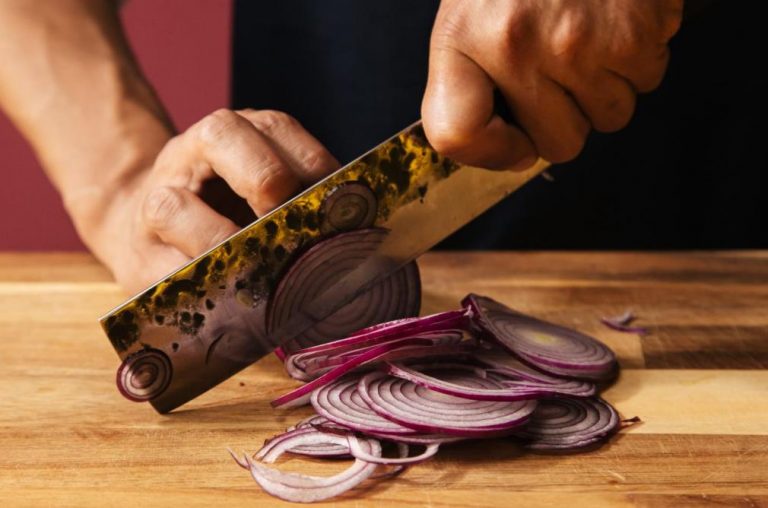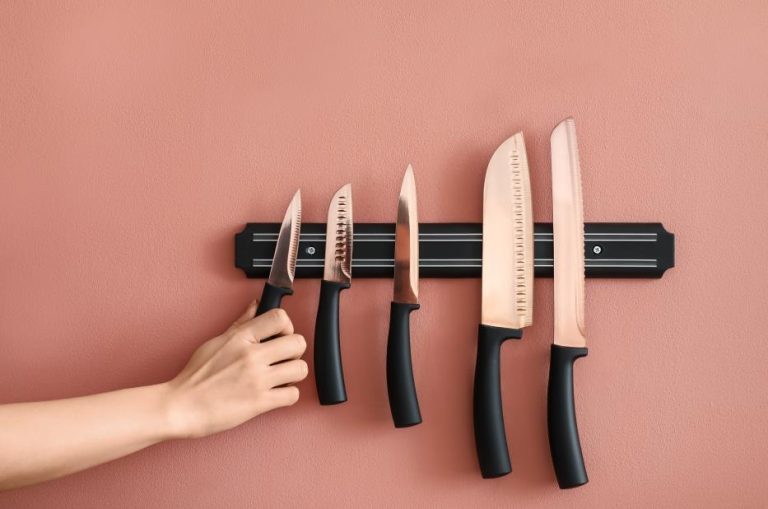To any chefs, a suitable knife can create wonders. It’s important to choose the right tool for your cutting task. And among all types of kitchen knives, ceramic and steel knives are the two main options.
In this article, we will provide a comparison and an overview between ceramic knives and steel knives including their production, structure, uses and more. Without further ado, let’s get started.
What is a ceramic knife?
A ceramic knife is usually made from Zirconium and Aluminum Oxide. Ceramic knives as we know them were first developed by the Japanese in 1997-1998. The development of metallurgy and the advanced ceramics, over the years, was effective in the comeback of the ceramic knives.
How is a ceramic blade made?
The most used raw material in the production of a ceramic blade is Zirconia that obtained from Zircon. Zircon is a widespread Zirconium mineral that can be found in various rocks like granites.
The production of the knife starts with the powder metallurgy. First, the slurry mill creates a uniform powder of zirconia and various additives. This powder is transferred into a mold and sintered and fired under high pressure ( 1 ton per cm2) and temperature (around 2000 ℃ ). Lastly, it’s grounded by steel plates to obtain sharpness and that’s how a ceramic blade is made.
Buy Wholesale Ceramic Knives and Start Scaling up with Us Today
Contact us and connect with a sales rep to get a free quote.
Uses of ceramic knives
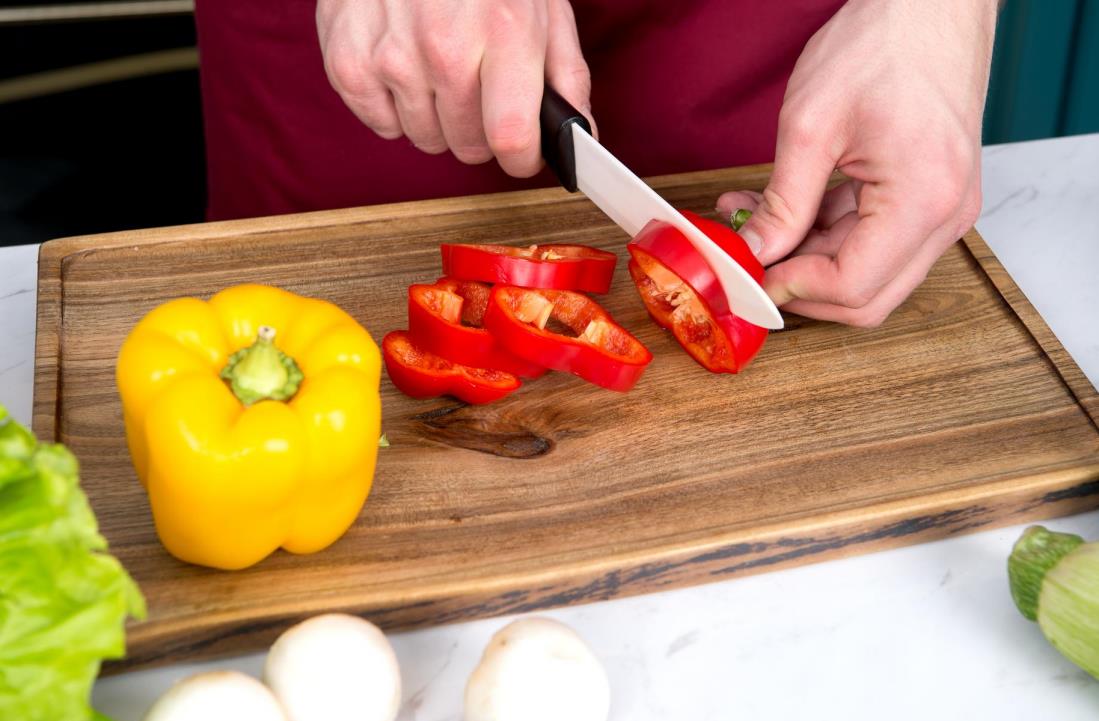
Ceramic knives are mostly used in the kitchen for specific cutting jobs. They are a great choice for slicing soft ingredients like vegetables, fruits, and white meat. Yet, they are not the right choice for chipping, twisting, or carving any hard ingredient like frozen foods or meats with bone.
Advantages of ceramic knives
Ceramic knives have several significant advantages compared to steel knives. Here is a brief breakdown.
- Ceramic knives are significantly harder than steel knives. With a 8 – 8.5 Mohs hardness, they are able to make the finest cuts.
- Thanks to its hardness, ceramic knives hold a remarkable edge retention. According to tests, they keep their sharpness up to 10 times longer than traditional steel knives.
- Zirconia and being thin makes ceramic knives lightweight.
- Sharpness and lightness also makes them easy to use. They are more advantageous in terms of fatigue of the wrists in long-term use.
- Ceramics are denser than other materials, meaning they have fewer pores in their structure. That mean less particle transfer, prevents the knife from absorbing smells and transferring tastes between one ingredient to another. This also makes them easy to clean such that even a quick rinse is enough.
- They are resistant to corrosion and oxidation.
- Since Zirconia is relatively budget-friendly, ceramic knives usually have much lower prices.
Disadvantages of ceramic knives
Is a ceramic knife better than a steel knife? Not in every aspect. It has quite a few limitations as well.
- Sharpening ceramic knives is its major problem. You need to use a diamond honing rod, whetstone, or seek for professional services.
- They are brittle and low in toughness by nature and are prone to break or even crumble into your food. Because of this, they need to be stored in their special cases.
- Though they are easy to clean, it is not advised to put them in a dishwasher since dishwashers are not ideal for delicate items.
- They may leave scratches on the other kitchenware (i.e. chopping boards) since they are harder than most.
What is a steel knife?
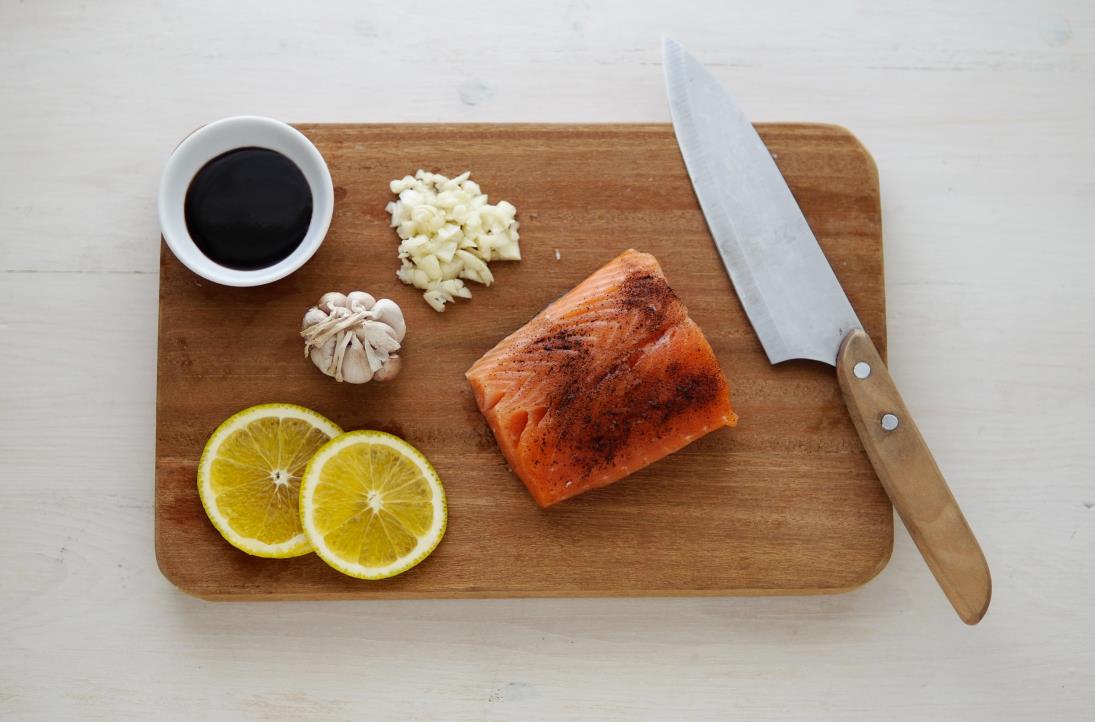
Among all the materials, steel is the most common and one of the oldest knife materials known. Steel is an iron-carbon alloy. An iron-steel alloy is considered steel only if its composition contains between 0.02% and 2.1% Carbon. They also contain other properties in their composition to achieve the desired properties.
Steel knives are a wide category that includes lots of different types of knives for specific or all purposes. Their categories may include many different options, such as price, quality, the form of construction and material.
Types of steels used in knives
Material is a common categorization method in the knife sector and it is not different in this situation. There is no perfect option for the blades. General steel types are divided into 4 categories: carbon steel, stainless steel, tool steel, and alloy steel. Even though they may carry similar features, each one of these steel types also has its unique advantages and disadvantages.
Carbon steel
Carbon steels have a high carbon content (0.5 percent ). It is easily shaped by hammering and can be sharpened to near-perfect precision with simple heat work. However, if it is not properly maintained it will rust. Carbon steels are the only steels that can be formed by forging. Despite the disadvantages of rusting, its sharpness can reach a very high level.
It is easy and cheap to supply, it is easy to sharpen and it can be given high flexibility to increase its resistance to impacts. The primary disadvantage of carbon steel blades is rusting and since the carbon content in the steel is high, they are brittle as well.
Stainless steel
Although no steel is stainless, the term stainless refers to resistance to rusting or staining. Steels with a chromium content of 13% or higher fall into this category and can thus achieve a mirror shine surface. Often, ferritic or martensitic stainless steel is used for the knives. They are challenging to shape and sharpen, and are not as sharp as carbon steel.
Tool steel
Tool steel is another choice due to its hardness and heat resistance. It obtains these properties through the addition of elements that increase these properties, but also its high carbon content.
How is a steel blade made?
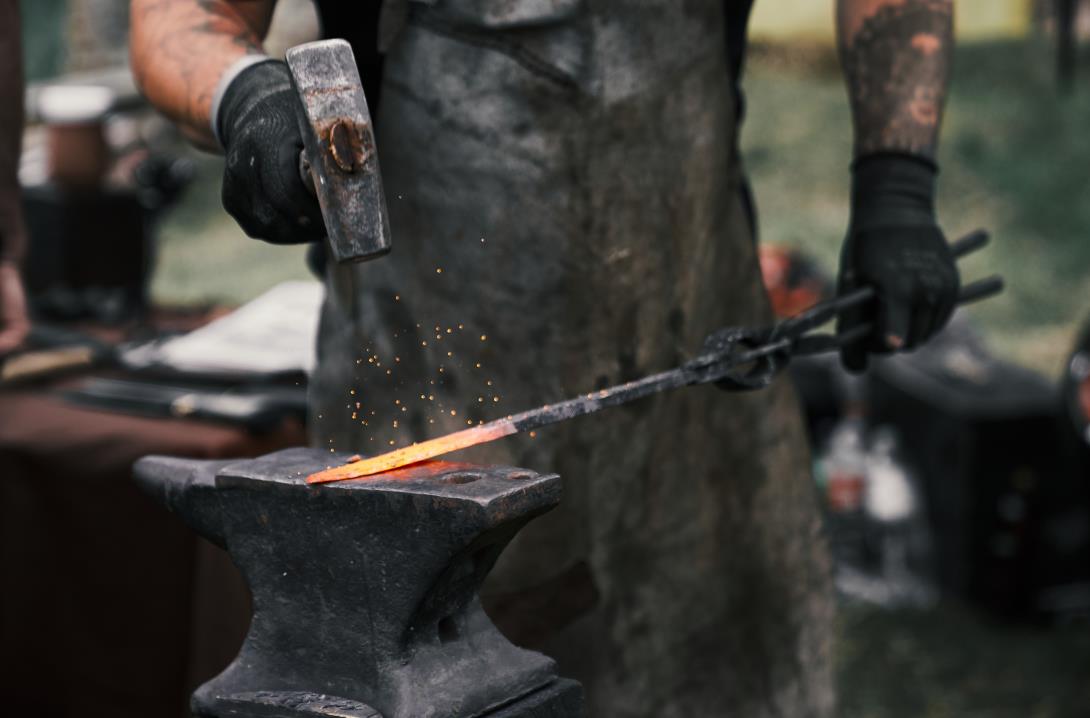
When it comes to making a steel blade, there are two stages. In the first of these stages, the steel alloy is brought together in the form of blades. This usually happens by melting the elements that bring steel together and pouring it into a mold. In the second stage, final operations are performed to improve the properties. Here, the blade is either stamped or forged.
Uses of steel knives
Steel knives are used extensively in many places. You can find them in the kitchen, outdoor, or apply on the survivor knives.
Advantages of steel knives
- Compared to ceramic knives, steel knives come in many varieties, thus, they can be specialized for different purposes or made for all purposes.
- Even though it’s not zero corrosion like ceramic, it has a low chance of rusting if it’s stainless.
- It is easy to sharpen and can be sharpened at home.
- It is possible to obtain the desired property with the alloy. However, adding one feature may require waiving another. For example; adding more carbon might make steel harder but inclined to corrosion.
- They are more ductile compared to ceramic knives. It’s easier to store and can be stored with other kitchenware.
- Even though it seems like a disadvantage, heaviness sometimes helps. For example; chopping is much better with a heavy knife.
Disadvantages of steel knives
- It is tiring for the wrists compared to ceramic as it is difficult to work with a heavy knife.
- It carries tastes and odors due to its porous structure.
- It needs to be sharpened more often than ceramic knives.
- High-quality steel knives are mostly expensive.
Comparison table: ceramic vs. steel knife
In the comparison table below, you’ll find the summary of the pros and cons of steel and ceramic knife.
| Steel Knife | Ceramic Knife | |
| Sharpness & Sharpening | Sharpness and edge retention are weaker. Sharpening is easier. | Sharpness and edge retention are better. Sharpening is extremely challenging. |
| Weight | Even though there are light versions, they are generally heavier than ceramic knives. Long-term use will be tiring for the wrists. | Ceramic knives are lightweight. |
| User-Friendliness | Tiring to use due to its weight. Easy to maintain when attention is paid to external factors such as humidity. They need a careful wash after usage. | It’s more user-friendly in terms of application. They are not prone to rust. They can be cleaned with a quick rinse. |
| Durability | It’s ductile compared to ceramic so it won’t be shattered. It’s prone to chemical reactions. | It’s too brittle and has the risk of fracture when dropped. It’s chemically resistant. |
| Versatility | Steel knives are perfect chef’s knives since they are all-purpose. They can be used to carve, chop, slice or bend. | They are fragile and can’t used for all purposes. They are mostly great for slicing soft ingredients and decorative cutting. |
| Variety | They are easy to produce, ship and store. At the same time, they are not damaged by different maneuvers. Therefore, they can be used for many different purposes. | Ceramic knives compared to steel are harder to ship and store. They also can be damaged by different maneuvers. For this reason, they are used for limited purposes and have fewer varieties. |
| Price | Steel knives offer a wide range of options according to their quality. However, if quality and the long-lasting professional knife is desired, it will be necessary to allocate a larger budget. | Ceramic knives have a certain price range as they do not have many varieties. Although this price range is not as low as poor quality steel knives, it can offer a better opportunity in price/performance compared to high-quality steel knives. |
Which one do customers prefer?
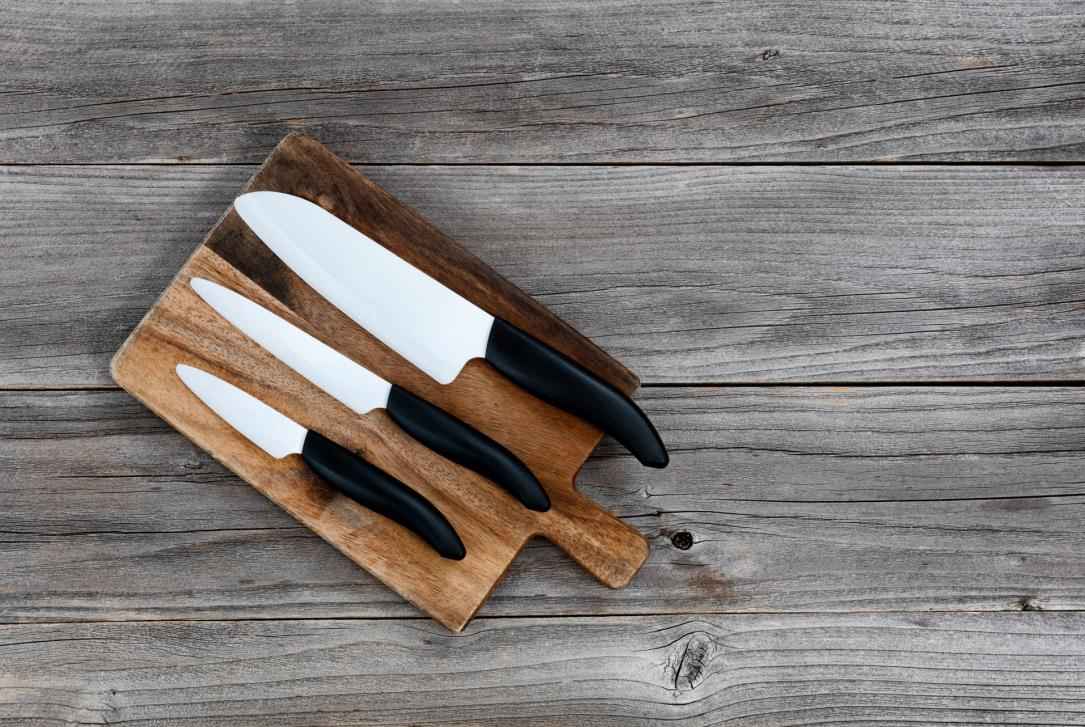
When you think of a knife, you think of steel. Steel knives are the most common types of knives that can be found everywhere. The popularity of steel over ceramic knives is understandable.
Steel technologies were developed earlier, and can be used to produce all-purpose knives. They are easier to maintain, carry, and ship. Its versatility for many users makes the steel knife ideal, especially when few items are needed in the kitchen.
For those who like variety, different knives that provide carving and similar features are preferred. Steel knives are also common in industrial kitchens. These facts make it more popular compared to ceramic knives.
Still, ceramic knives can add great value to the kitchen. Introducing the features of ceramic knives may lead to their greater preference. It is preferred by some in-home kitchens as a cutting tool addition. It is preferred to be kept in the kitchen for decorative cuts for fine dining and fine works that require sharpness. They are not popular as steel knives.
Should you sell ceramic or steel knives in your store?
At this point, the most ideal product for a seller depends on your preference.
Steel blades will be the right choice when planning to sell products suitable for a classic kitchen. It will be a great advantage for both steel blades and ceramic blades in your catalog.
With the sale of ceramic blades only, and with good marketing, ceramic blades have the potential to take their place among classic kitchen pieces. Nevertheless, it is a fact that ceramic blades will not completely replace steel blades.
Target customers of ceramic knives & steel knives
For steel knives, the target customer base is both non-intimate with the kitchen, people who love the kitchen as a hobby and professional cooks, or even people who need a survival kit while trekking. However, for ceramic blades, it is more necessary to appeal to an audience who are looking for kitchen tools.
Conclusion
Although ceramic knives have their distinct advantages, their disadvantages cause them not to be preferred as steel knives.
If you plan to sell kitchen knives, starting with steel knives will be the most reliable option. Planning to buy wholesale kitchen knives? Contact us for free quotes and more information.
